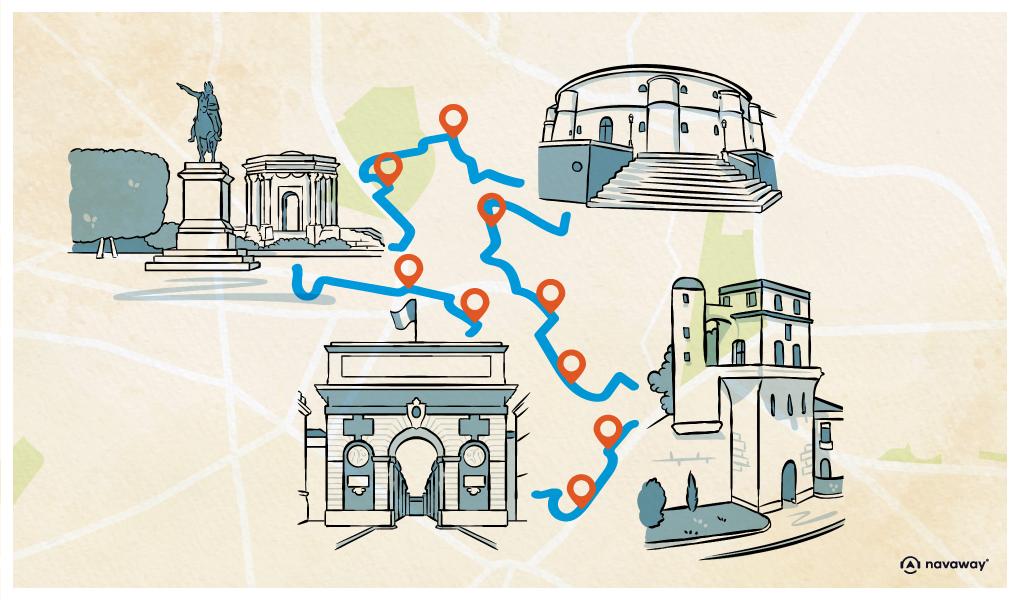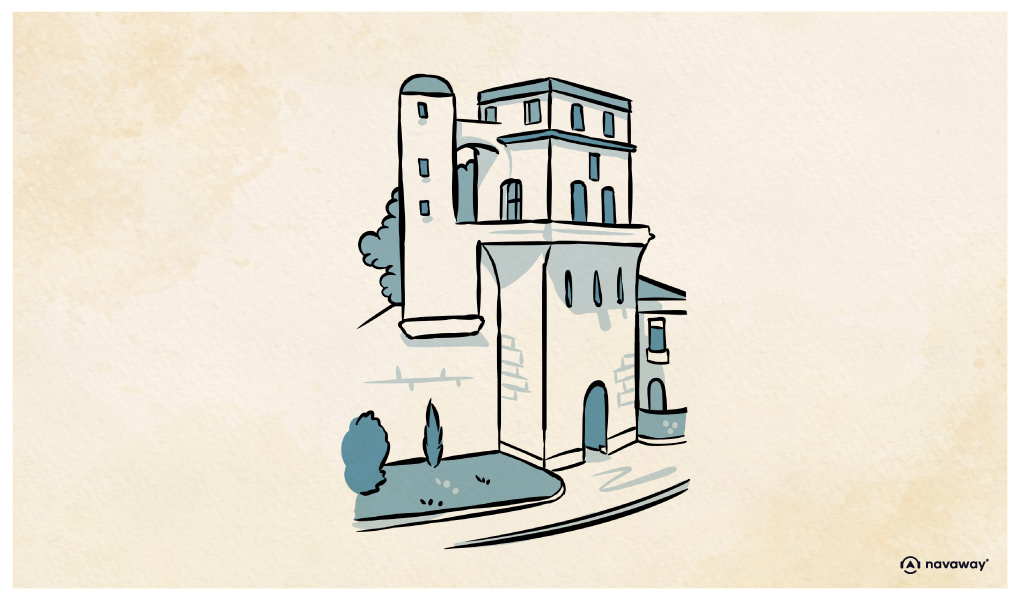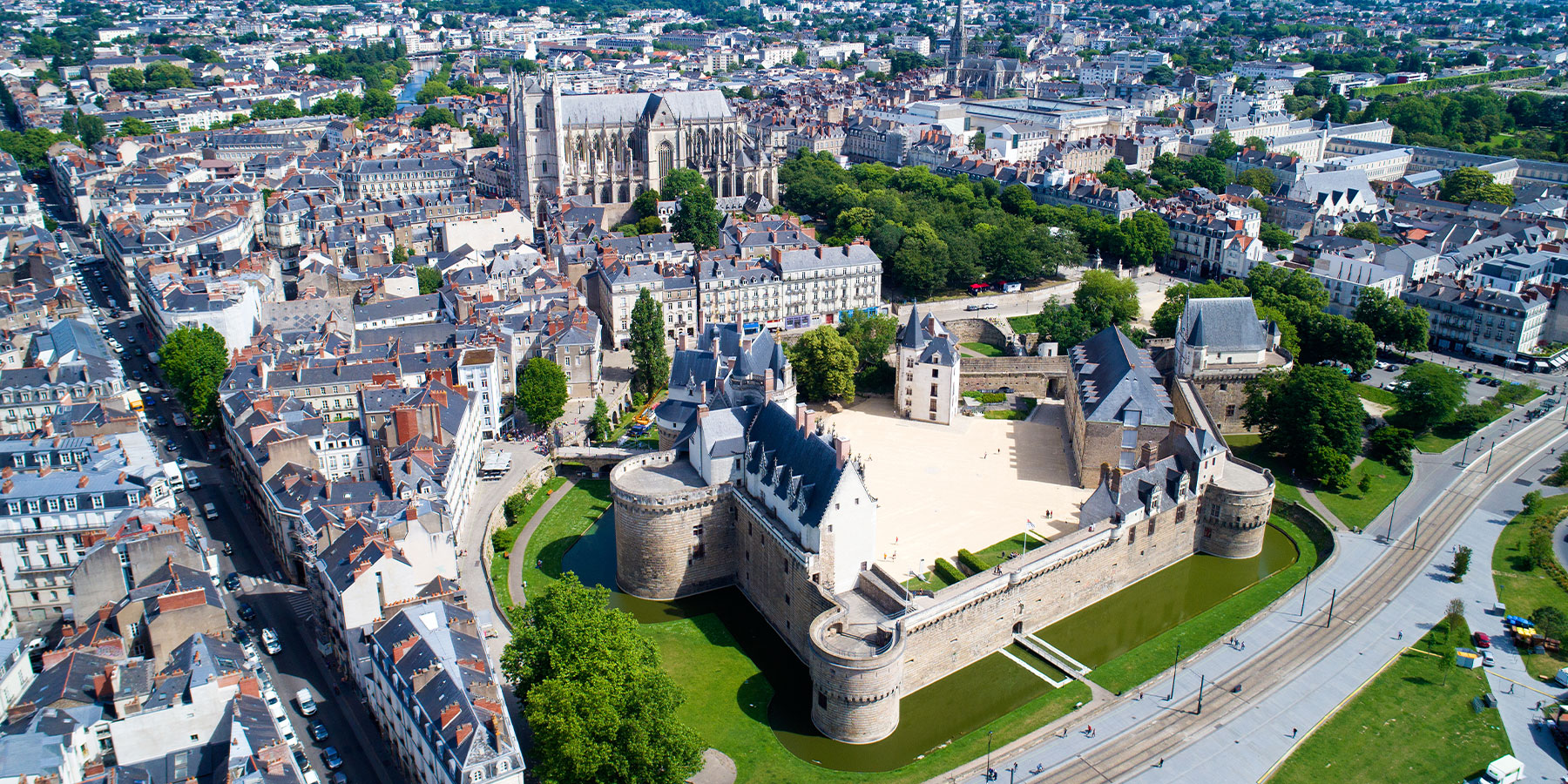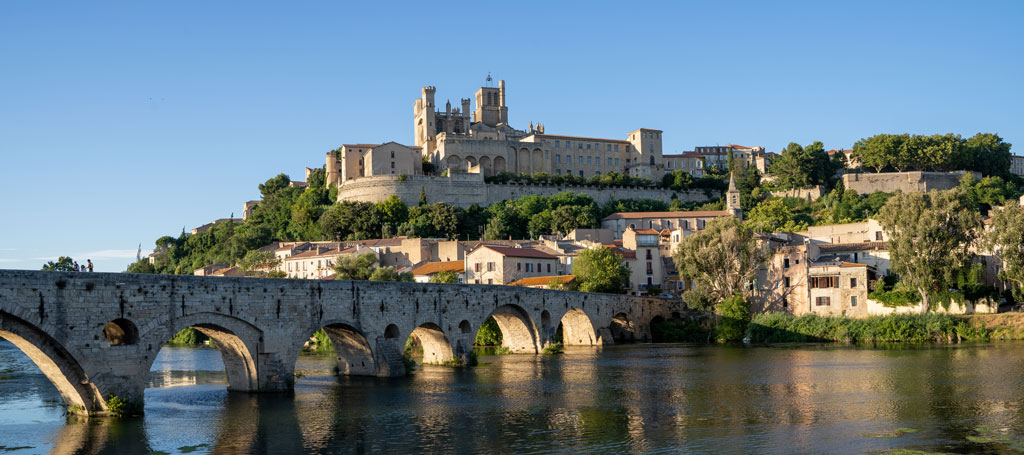
Tower of la Babote

This point of interest is available as audio on the tour: Visit Montpellier, The Gifted City
This fortified silhouette, classified as a historical monument since 1927, is well known to the people of Montpellier. But for us, who are quietly advancing into the unknown along the boulevard, the surprise effect is total. How did a building like this end up here, planted in such disparate architectural surroundings? Well, quite simply, it’s because it was the first to be built here! So distinctive, yet not as recognized as it should be, the Tower of la Babote is an essential link in the city’s history. Thanks to it, you have formal proof that Montpellier was once a fortified city. It is even said it was comparable to that of Carcassonne. At the beginning of the 13th century, Lord Guilhem VIII raised a line of ramparts all around his lands to ensure their protection. The walls, about 8 meters high and 2 meters thick, stretched for nearly 2650 meters, thus defining the boundaries of the historic Écusson district. In total, 8 gates and 25 towers punctuated the layout. And as you’ve guessed, the Tower of la Babote was one of them. Initially, it dominated a moat from its height of 15 meters. It was raised twice during the 18th century, its size now displays a good 10 meters more. In 1740, the Royal Academy of Sciences grafted a floor onto the Tower of la Babote to install an astronomical observatory, which would be operational until 1793. In 1832, it was requisitioned for a time for telegraphic services to Paris, Marseille, and Bordeaux. And now, it’s the Montpellier chess club and the Amateur Popular Astronomy Federation of the Midi that share its volumes. From the Occitan “Babita,” meaning “ghost,” in reference to those who would wander around it, the Tower of la Babote has experienced several adventures throughout its various functions. But that’s not all! It is said that Louis Sébastien Lenormand, a French physicist and inventor of the 17th century, jumped from its summit with the first parachute in history on December 26, 1783. Unharmed, he would have impressed the crowd, among which was a certain Joseph Montgolfier, who, as his name so well suggests, invented the hot air balloon called Montgolfière in french. Who would have thought at the time that this aerial technique, developed for jumping out of windows in case of fire, would today be coveted for its thrills!


Discover Montpellier with app
An interactive guide through the most beautiful streets, squares, and districts
19 fun audioguides full of historical facts, anecdotes, and legends





Comments